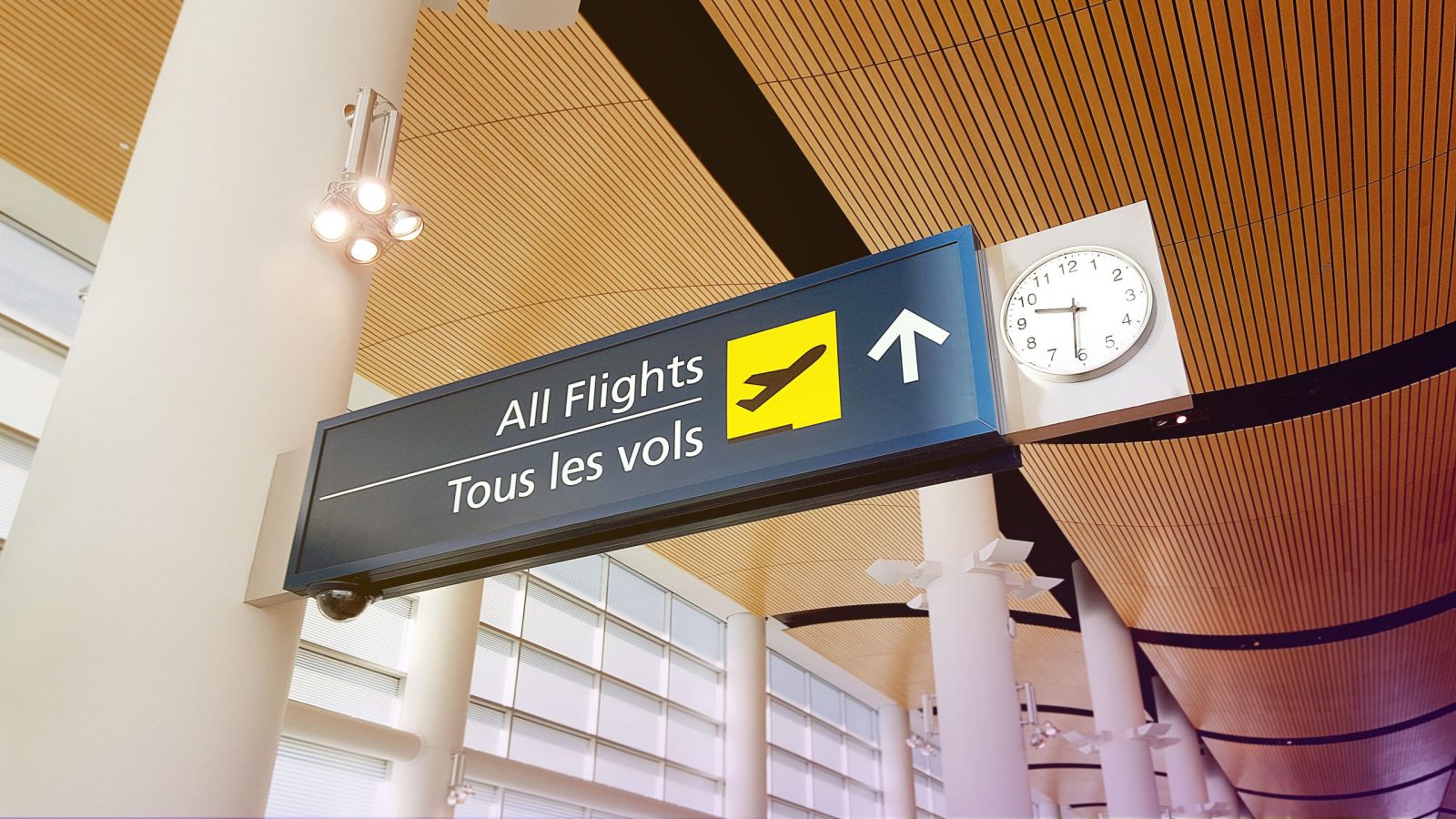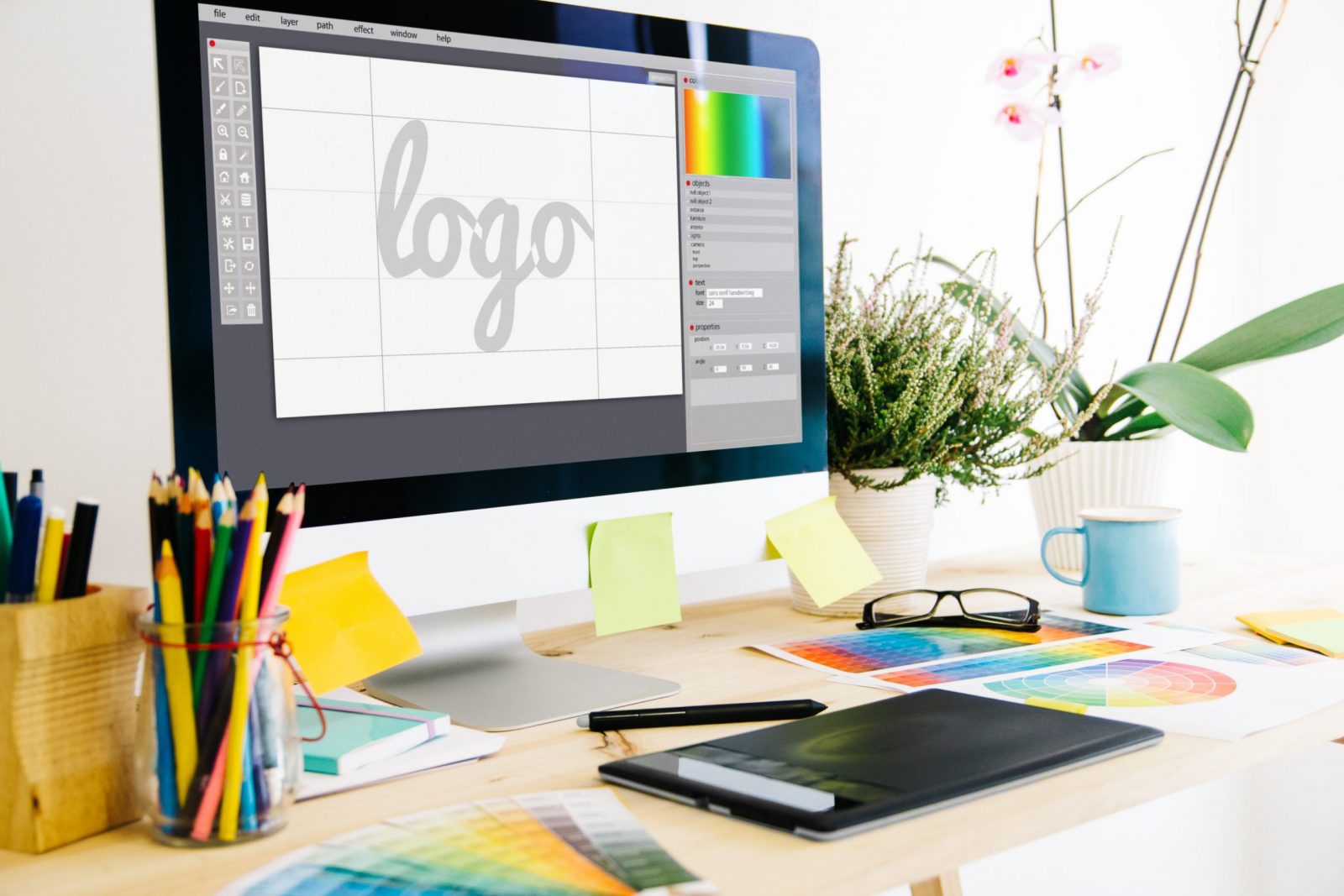Look all around you in the built environment & you will see the work of many graphic designers. We don’t often look at road or shop signs & think “somebody has designed this”, but in reality, everything fabricated is produced by creatives.
If you’ve been looking to shake up your career into something creative but want something commercially viable (after all we can’t all be successful fine artists), you might want to look at signage design.
In this article, I’m going to share my experiences designing signage. I’ve worked in this particular niche for a few years now & with any luck, you may benefit from the expertise I’m about to share:

First, What is a Signage Designer?
A signage designer will be responsible for designing or using signs & symbols to communicate a message. Signage also means signs collectively or being considered as an entire package. Signs are any visual graphics created to display information to a particular audience, such as shopping mall directional signs or road signs.
This article was originally published on https://www.aaloftsdesign.com. If this article appears on any other site other than https://www.aaloftsdesign.com without clear referencing it is a violation of the copyright owned by https://www.aaloftsdesign.com.
This article may contain affiliate links. That means if you click & buy a product, I may receive a small commission at no extra cost to you. AALofts Design is a participant in the Awin Affiliates program, an affiliate advertising program designed to provide a mean for sites to earn advertising fees by advertising & linking to participating merchants. For more information, please view my Privacy Policy & Terms & Conditions Pages.

What Does a Typical Day Look Like for a Signage Designer?
In many ways, the average day of a signage designer is similar to being a conventional graphic designer. However, in my experience, the timescale of signage projects runs far longer, depending on the scheme’s size. For example, signage schemes for cruise ships can take years versus the average four weeks to six months required for a typical company rebrand (depending on the institution in question).
As a signage designer, you will start your typical day by going into your studio. As with all design jobs, you will need to be good at prioritizing your time to keep projects on schedule. Clients will communicate their needs, ideas, & focus on logos & wayfinding schemes. Sometimes, signage designers may present a mock-up of the product & ask the clients their opinions on images & typefaces to deliver the desired message.
During the day, signage designers are working on various projects. Signage designers will coordinate with other professionals such as writers, interior designers, architects & signage manufacturers. You will also follow-up with clients on certain days to update them on the product’s progress & vision.
Most of us work digitally with CAD or Adobe Creative Suite during a typical workday, such as InDesign, Illustrator, Photoshop, & Creative Cloud. Because most of the work is onscreen, we have to spend many hours at our desks. If you like your tech- this may be the job for you. However, the time can be broken up throughout a project by multiple trips for meetings to see clients & manufacturers for revisions & content updates.
Once a project milestone is achieved, the signage designer will upload the concepts, manufacturing specifications & artwork production files to a shared file system (usually the clients’ FTP) so that the project managers & clients can review it. Once a project has received final approval, it is submitted for manufacture. Designers have to create art production files & coordinate with the manufacturers & client to ensure all of the specifications are correct before installation. Despite everyone’s best efforts, there usually several rounds of updates & requests after the installation is complete.
Fun Facts
The digital signage industry was worth over 19.61 billion USD in 2016 according to statista.com, which predicted this amount will increase by almost 15 billion USD by 2021.
Although signage has been around for over a thousand years, the signage industry only came to prominence in the last century. As industrialization became even more widespread in the first quarter of the 1900s, so did the invention of new forms of signage such as the neon sign.
Why Become A Signage Designer?
I’ve often felt that signage design often gets overlooked, but it’s a great niche. First, most industries & business of all scales will require some signage, meaning there is plenty of opportunities. If you’re looking to work in a specific kind of work environment, then the world’s your oyster when it comes to signage design.
You can work as part of a small in-house team working strictly for a single client or in a fast-paced studio that works with multiple clients and multiple projects. Freelancing is also an option, so if you’d like to work from home, that’s a possibility as well. Each of these work environments has its pros & cons, so be sure to read up on the differences.
You get the same benefits that graphic designers get. Designing signs can take you to places you never thought possible. When I first started, I never imagined visiting the sites I’ve been to or working on the projects I’ve worked on. You could secure jobs in studios worldwide or find that your employment means lots of travel.
From being employed at a design agency to creating your own design studio, applying your graphic design skills to signage & spatial design introduces you to various creative career pathways. Design as a discipline never stands still. Nothing beats the feeling of contributing to something that helps or inspires many people. You could even go solo someday- the possibilities are endless.

What are Some of the Challenges Involved with Signage Design?
Signage design can be one of the more challenging graphic design areas because success depends on precision, organization, cutting-edge design & carefully selected materials that will best represent the brand/ surrounding environment. Understanding the different needs for indoor versus outdoor signage, such as durability, lighting, regulations & installation can help companies overcome future problems.
More importantly, communicating effectively & efficiently with customers is vital. Misspelling things or submitting incorrect information in final manufacturing drawings can be a highly costly and potentially disastrous mistake. To be a good signage designer, you need to be hardworking, conscientious, technically savvy & good at producing results, fast.
Wrapping it All Up.
If you’re interested in further reading, please see the links to my trusted resources page & related articles below. To find out more about AALofts Design, please click here. If you found this content helpful, want to collaborate on a project, or would like to request an article topic, please click here to get in touch via the contact form. Feel free to share & connect on social media, if you found this content helpful.



